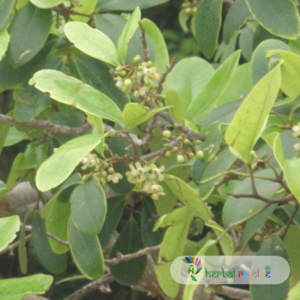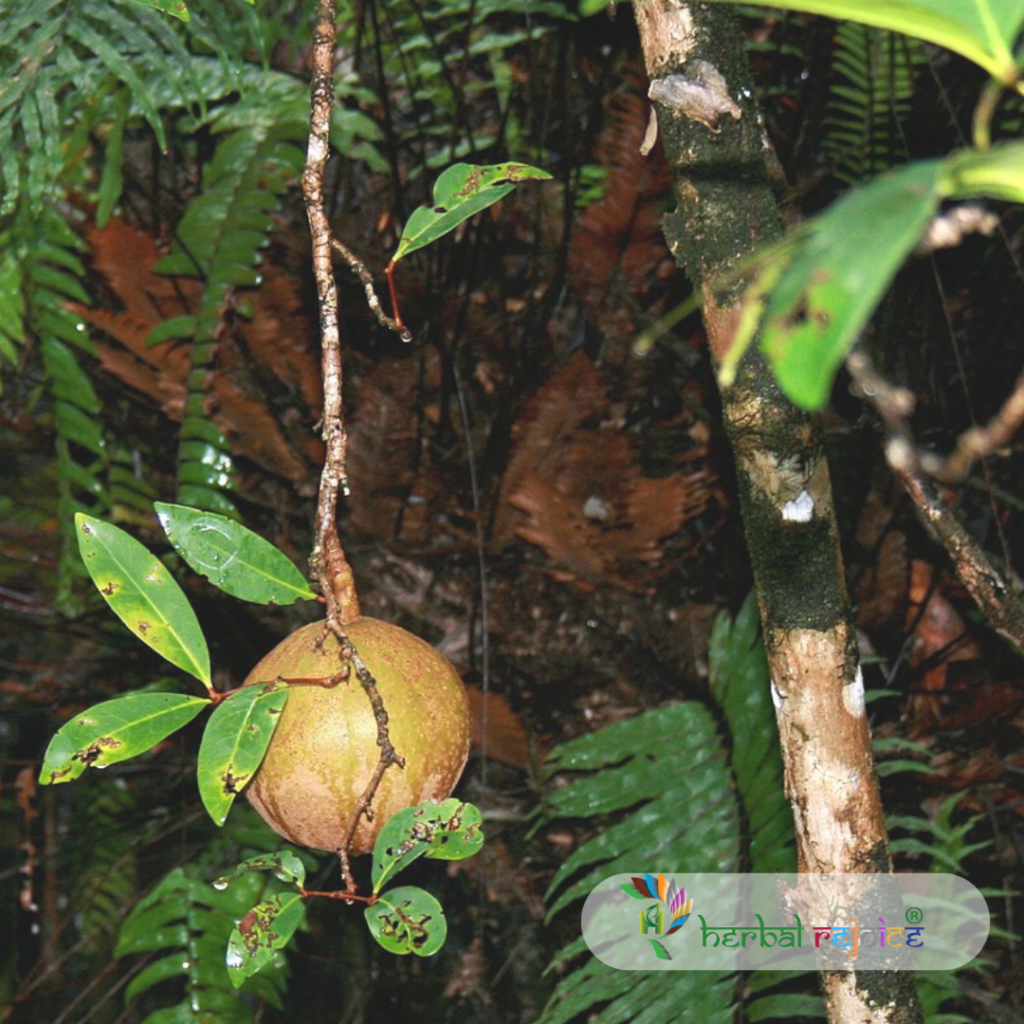Introduction:
Xylocarpus granatum Koen., commonly known as the Puzzle Fruit tree, is a species found in the coastal regions of India, particularly in Tamil Nadu. It is also known by its Tamil names, Somanthiri and Kanlolanyey. This article explores the habitat of Xylocarpus granatum, its traditional uses, and its medicinal properties.
Habitat of Xylocarpus granatum Koen.:
Xylocarpus granatum Koen. thrives in the coastal regions of India, with a particular abundance in Tamil Nadu. Its habitat includes mangrove forests and brackish water ecosystems. This species is well-adapted to grow in saline conditions and can tolerate high levels of salt in its environment.
Traditional Uses:
In traditional folk medicine, Xylocarpus granatum is known as Pussur or Dhundul. The bark of this tree has been traditionally used for its astringent and antidysenteric properties. It is also believed to have febrifuge (fever-reducing) effects.
Medicinal Properties:
Scientific studies have revealed the presence of various bioactive compounds in different parts of Xylocarpus granatum. The bark and leaves contain friedelin, beta-sitosterol, and stigmasterol. These compounds contribute to the tree’s medicinal properties. Additionally, the bark contains triacontanol, which further enhances its therapeutic effects.
The heartwood of Xylocarpus granatum contains beta-sitosterol and gedunin, which have been found to have potential medicinal properties. Beta-sitosterol has anti-inflammatory and immune-modulating properties, while gedunin exhibits antimalarial and anticancer activities.

The fruit pulp, leaves, twig bark, branch bark, bole bark, branchwood, and bolewood of Xylocarpus granatum have varying levels of tannin content. The fruit pulp contains 8.57% tannins, the leaves contain 7.92%, twig bark contains 14.82%, branch bark contains 20.58%, bole bark contains 23.73%, branchwood contains 4.67%, and bolewood contains 4.94% tannins. Tannins are known for their antioxidant and astringent effects and contribute to the overall medicinal properties of Xylocarpus granatum.
Related Species:
A closely related species, Xylocarpus gangeticus Prain, is found in West Bengal and the Andaman Islands. While it shares similarities with Xylocarpus granatum, it is a distinct species with its own set of medicinal properties and traditional uses.
Conclusion:
Xylocarpus granatum Koen., commonly known as the Puzzle Fruit tree, is a valuable plant found in the coastal regions of India, particularly in Tamil Nadu. This tree has been traditionally used for its medicinal properties, particularly in the treatment of dysentery and fever. Scientific studies have confirmed the presence of bioactive compounds in different parts of the tree, contributing to its therapeutic effects. The closely related species, Xylocarpus gangeticus Prain, is also noteworthy for its medicinal properties. Further research and exploration of these species can provide valuable insights into their potential as natural remedies.


